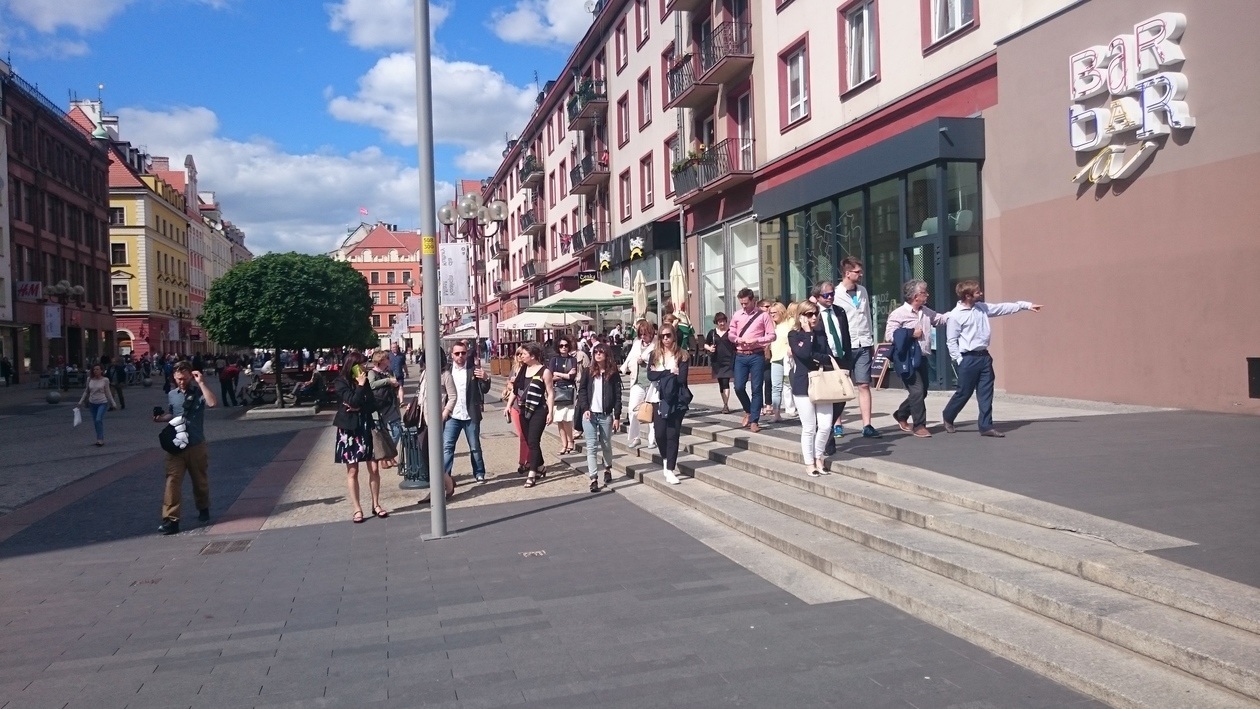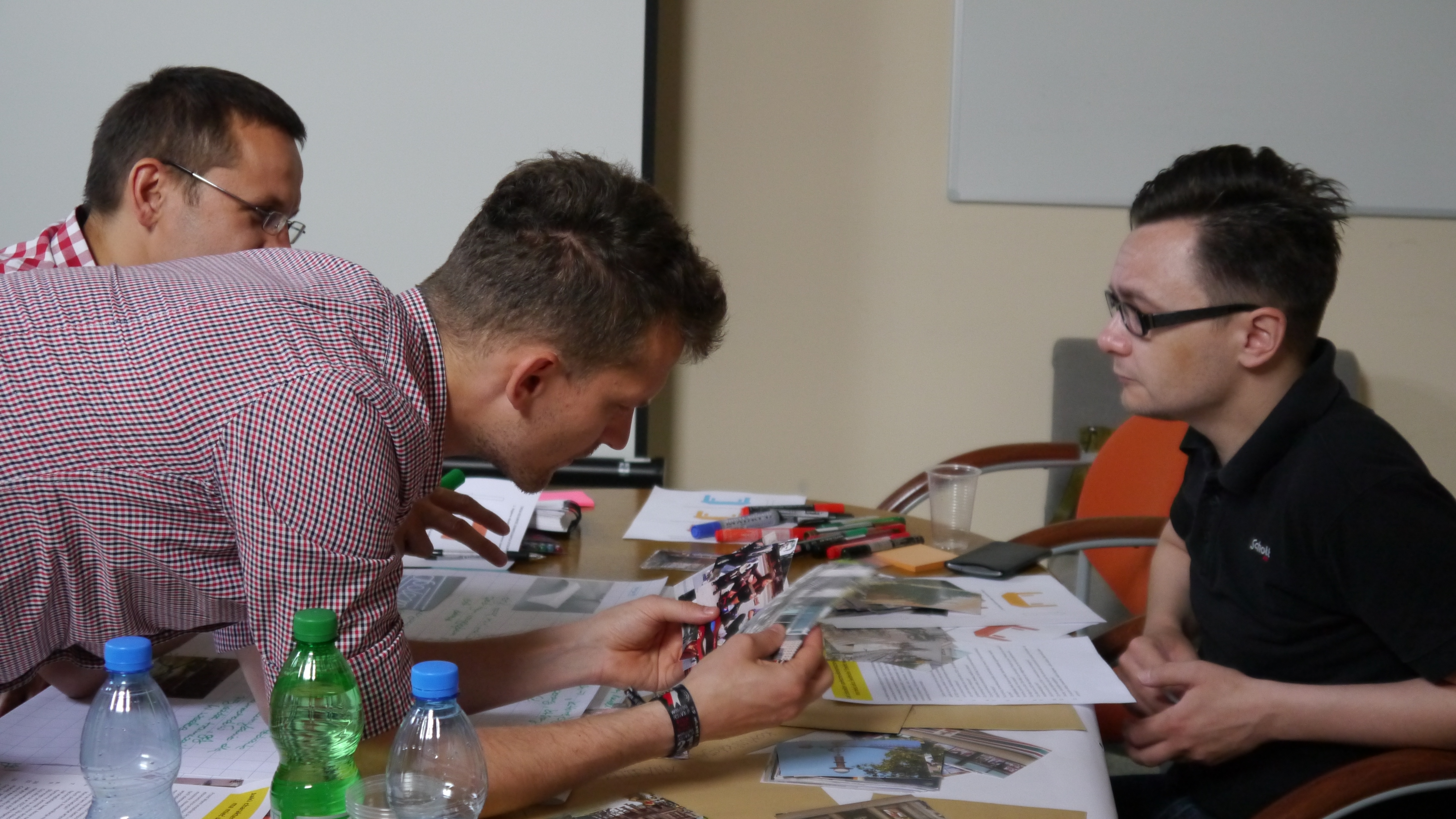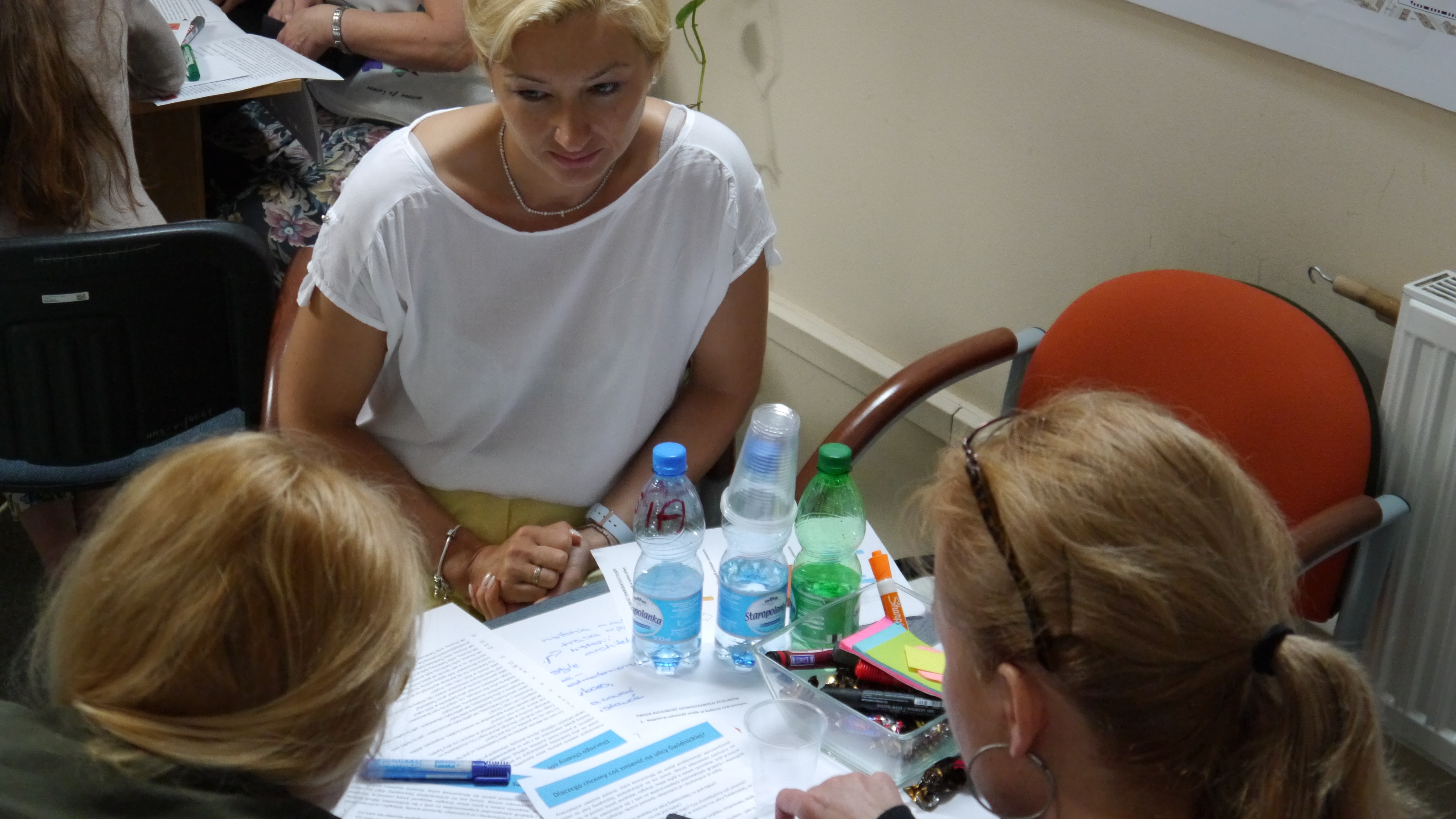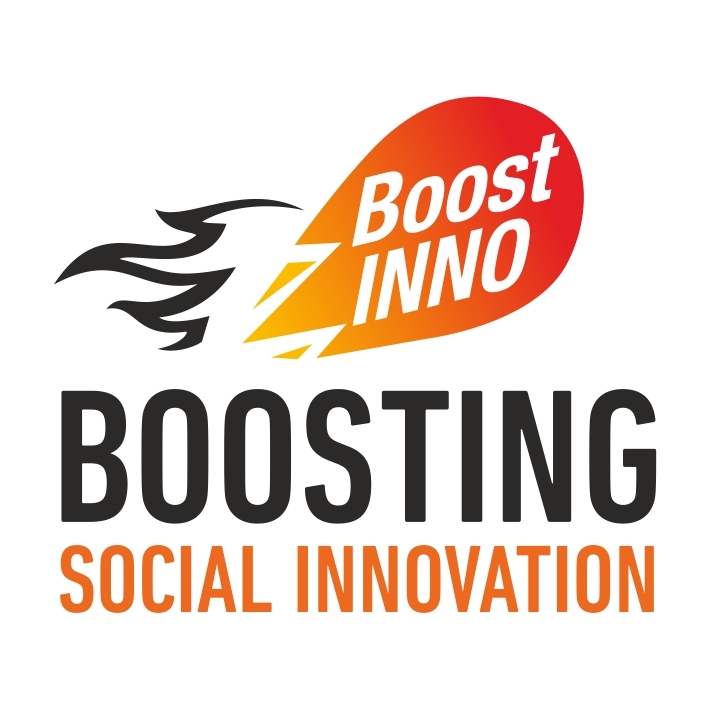How does our Urbact Support Group work?
Edited on
30 September 2016Meeting in the field and consultation meetings organised in Wrocław Poland!
March 2016: Moderator and meeting of the group in the field.
Meeting in the field: walk around the area of Świdnicka Street which the project is focused on – definition of objectives, problems, potential. Different views on the street, different opinions and needs. We want to develop a model of co-creating urban space, as representative as Świdnicka Street. In order to approach the subject as objectively as possible, and at the same time rely on knowledge and experience of experts in the field of socio-economic development and achieve measurable results, we chose an expert to moderate work of the support group at an early stage and to consult residents and entrepreneurs as regards the co-creation of the old town centre attractive for the residents. This way we also managed to achieve the EU Quadruple Helix Model: cooperation of the residents, business, local government and the science sector.

April-June 2016: 4 consultation meetings organised!
What do the residents want? How to achieve it? How to include it in the city plans?
The meetings were conducted by Dr. Michał Dębek from the University of Wrocław, who moderates the group's work and prepares reports and analyses of the current state.

Reports are available in Polish. The main conclusions – consultation brought about a change in our thinking; initially, we assumed that large changes of the image are necessary, whereas during the consultation and research it turned out that the main need is to maintain the aesthetics and safety, and introduce non-chain concepts to the street's offer (not necessarily commercial), allowing the residents of Wrocław to spend time in this place in an interesting way. Previously, it seemed necessary to uniform Świdnicka Street which, in terms of urban planning, is divided into 4 sections. Today we know that this division is not a drawback, but a characteristic virtue which cannot be levelled, but rather should be highlighted.

It is not possible to determine the future character of Świdnicka Street yet. Once, in the 20s and 30s, the rustle of elegant gowns of ladies heading to the opera reigned there, and wealthy residents of Breslau came shopping with hansom cabs and motor cars to the most luxurious department store in this part of Europe. Today, customers of the street are other residents of Wrocław, with a very different budget. What unites them is the desire to spend a pleasant time with friends and acquaintances. Świdnicka Street was and is the living room of the city, however, the way of spending time in this living room has changed. And we have to face this challenge. Should it include luxury brands or rather boutiques with a unique, regional offer, small shops and cafés? How should the future Świdnicka Street look like to be teeming with life and attract people? We are looking for answers to these questions, talking to the residents, entrepreneurs and experts. The project aims to answer the question of how to return the city centre to the residents so that they want to use it.

 Submitted by BoostINNO on
Submitted by BoostINNO on
